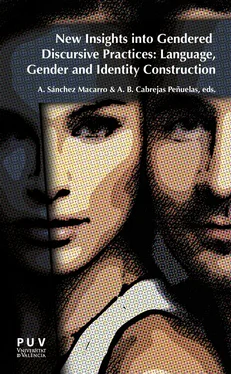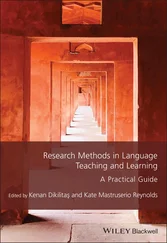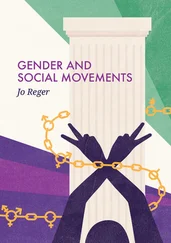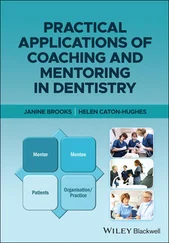4 Data Collection and Methodology
In order to explore how gender is enforced via directives in teenzines, I offer a “close reading” (Currie 2001: 267) of 25 advice texts (13 in Spanish and 12 in English); 2attested examples taken from a corpus of teenzines written in English and Spanish were analysed (see Table 1). The texts for analysis were chosen randomly among a number of issues at my disposal. Firstly, the Spanish publications were selected (both of them published in 2008), which contained 13 enquiries in total (5 in one magazine and 8 in the other). Then, an equivalent number of cases were taken from three American magazines (12 in total, extracted from three magazines which had been accessed on line in 2009), taking also all the enquiries on the advice pages consulted. As for the magazines written in Spanish, the two magazines selected were Bravo and Super Pop (both published in paper format); as for the magazines written in English, texts were extracted from the American magazines Jellybean Magazine , Girls’ Life Magazine and Latinitas (all of them in their on-line version). The reason for choosing paper or on-line format was strictly one of availability and the fact that the Spanish ones were consulted in print whereas the American ones were accessed via Internet did not alter the question-and-answer pattern, typical of these publications (Currie 2001), which was the focus of my study.
The sections selected for analysis were, in all of them, advice columns: “Desahógate” [Pour your heart out] (in Bravo ), “Pregunta lo que quieras” [Ask whatever you want] (in Super Pop ), “Advice” (in Jellybean Magazine ), “Dear Carol” (in Girls’ Life ), and “Q and A” (in Latinitas ).The reasons for choosing advice columns of all sections included in these magazines were two: On the one hand, they are one of the favourite sections among adolescents (Currie 1999: 20), which makes them more prone to be read and, hence, potentially exert a greater influence on the readership. On the other hand, since the main purpose of this section is to give advice, it seemed the most suitable to analyze how gender was enforced in female adolescent magazines.
5 Teenzines under analysis
In what follows, I examine advice-columns within the conversational framework of the adjacency pair (Sacks, Schegloff and Jefferson 1974), due to their question-and-answer pattern. In the first place, I take a close look at the issues raised in the first pair-parts of the adjacency pairs (i.e. questions), as a reflex of both female adolescents’ concerns and teenzine writers’ enforcement of a given gendered identity. Secondly, I examine the linguistic manifestations (i.e. form) chosen by magazine writers to construct their advice (i.e. function) in response to the enquiries posed by (real or fictional) female adolescents. Finally, I argue that magazine writers get close to their readers by using features proper of adolescent language, in order to gain their confidence and be trusted, while, at the same time mitigating the face-threatening act of enforcement by redressing directives with positive politeness strategies (Brown and Levinson 1987).
5.1. ADVICE COLUMNS AS ADJACENCY PAIRS
Teenzines are divided into sections that respond to rhetorical conventions associated with this genre. One of these sections is advice columns, which are interactions that can be equated with what Sacks, Schegloff and Jefferson (1974) termed question-answer adjacency pairs. According to Currie, “this format invites readers to identify with textual messages through membership in the world of teenage girls” (1999: 203), because the reader is made to believe that her everyday problems are only logical. According to Currie (1999: 203), the solutions provided, which are frequently framed as medical or scientific advice, promote a male point of view, reassuring the readers that editorial solutions will receive male approval in a patriarchal society. Since readers demand from the writer some advice on a form of behaviour, this format is prone to fulfilling the directive function.
5.1.1. Questions (1st pair-parts): female adolescents’ concerns
This section deals with the questions or enquiries posed by adolescents; as such, their utterances constitute the 1 stpart-part of the adjacency pair and, from an ideological point of view, they are less powerful than their corresponding 2 ndpair-parts: enquiring is a recognition of a lack of knowledge from the utterer that requests (wise) advice from an authorial source. Table 1 gathers all enquiries taken from American and Spanish magazines. All magazines, except for Latinitas entitled each enquiry with a question or a statement that raised the issue on which advice was sought; in the case of Latinitas , enquiries were not entitled but it were headed as Q (for “question”) and all enquirers posed their questions with the formulaic convention “Dear Latinitas:”, thus, an extract from the enquiry is included in the table to illustrate what topic was dealt with.
As can be seen in Table 1, all the issues raised in the advice texts examined deal with the personal domain, regardless of the language they are written in. Considering the magazines chosen are illustrations for this type of genre and taking the themes dealt with as a snapshot of female teenage concerns, we can claim that the problem which overwhelmingly worries them is their romantic relationships (3S, 7S, 13S and 2E, 3E, 4E, 9E). Furthermore, the only type of romantic relation tackled in magazines written in both languages is that of heterosexual love. Another topic that is represented in both languages but with different relative weights is family relations (4S and 4E, 6E, 7E), which is more much more prominent in English. “School achievement” (11S and 12E) and “sexual harassment” (S5 and 8E) are equally dealt with in both languages and the rest of the topics are only addressed in one language: relations with friends (10E), disruptive behaviour of an acquaintance (5E) and racism (1E) are only tackled in American magazines, whereas physical appearance (1S), the female body (2S), idols (6S, 9S and 12S) and sex (8S and 10S) are just found in the Spanish publications. Not coincidental topics may be due to their different cultural backgrounds; the Spanish magazines studied address some of the superficial issues found in other studies more than the American ones: the former includes mentions to beauty and the female body, whereas the latter addresses moral-ethical principles like ideology, proper behaviour and empathy.
Despite the discrepancies, themes in general are fairly coincidental with those found in other similar studies aforementioned (e.g. Signorelly 1997, Currie 1999, 2001 or the one by the Henry J. Kaiser Family Foundation 2004, Evans et al . 1991): relationships, people and beauty. According to Currie (2001: 264) the three main topics she found (i.e. “getting boyfriends”, “looking good” and “caring for their female bodies”) constitute “the embodiment” of adolescent femininity. Hence, the Spanish magazines studied fit this traditional pattern more closely.
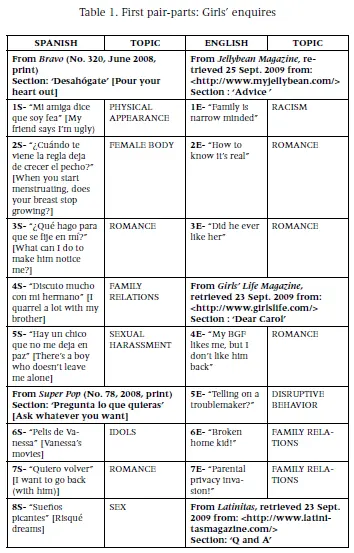
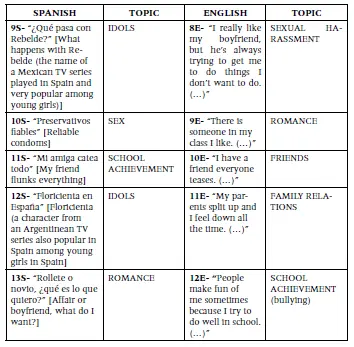
Magazine editors, when choosing the issues to deal with in questions for the advice column, impose on readers what concerns to focus on, and the same time, presuppose those concerns will be, to a certain extent, shared by their readership (if not, why choosing those issues and not others?). Consequently, readers who do not feel identified with the problems dealt with are somehow invited to feel marginalized, alien to that way of feeling. Undoubtedly, editors’ selection of topics should depict what they believe to be the adolescents’ main concerns in order to attract readership and fulfil their commercial goals. This selection is, thus, the result of taken-for-granted gender preferences; as a consequence, when dealing with traditional topics (i.e. heterosexual love, beauty, personal relations), teenzines are enforcing gender by perpetuating traditional female roles. That heterosexual love is the main issue addressed in advice column is not a novelty, since many studies support this result (Currie (1999), (2001), Jackson (2005), among others).
Читать дальше
